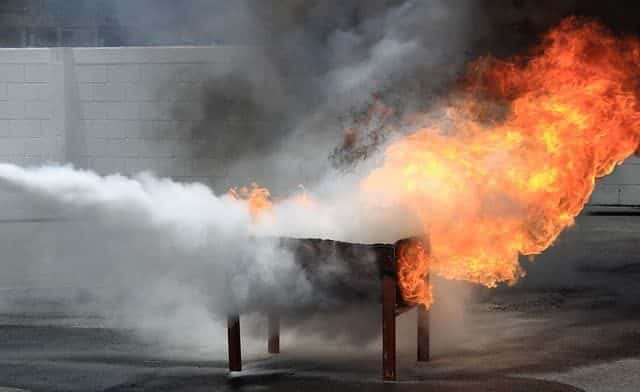Western Australia’s vast and diverse landscape presents unique challenges in fire management, particularly regarding fire danger ratings. The Bureau of Meteorology, in conjunction with fire and emergency services, plays a pivotal role in disseminating crucial information about fire weather conditions to safeguard communities and natural habitats. This guide delves into the intricacies of fire danger ratings in Western Australia, offering valuable insights for residents and visitors alike.
The Essence of Fire Danger Ratings in Western Australia
1. Overview of Fire Danger Ratings
Fire danger ratings are a critical tool in assessing the potential risk and severity of bushfires. In Western Australia, these ratings are calculated based on a variety of factors including temperature, humidity, wind speed, and the dryness of the landscape. Introduced on 1 September 2022, the Australian Fire Danger Rating System categorizes the risk into four simple levels: moderate, high, extreme, and catastrophic. These ratings provide an easy-to-understand scale for residents to gauge the potential fire threat on any given day.
2. Role of Fire Danger Ratings
These ratings serve as a guide for both the public and fire agencies to prepare and respond appropriately to the threat of bushfires. They influence decisions on resource allocation, fire bans, and community alerts. Higher ratings often trigger Total Fire Bans and heightened alertness among firefighting teams and residents.
Fire Weather Districts and Ratings: A Detailed Look
3. District-Specific Ratings
In Western Australia, fire danger ratings are given for specific districts, each with its unique climatic and geographical features. For instance, the North Kimberley district might have a moderate rating, while the Central Pilbara could be experiencing high fire danger conditions. This localized approach ensures that residents receive relevant and timely information pertinent to their area.
4. Interpreting the Ratings
- Moderate (12-23 FBI): Indicates that a fire, if started, could be controlled, but there’s still a need for caution.
- High (24-49 FBI): Fires may become uncontrollable under severe weather conditions.
- Extreme (50-99 FBI): Indicates that fires will be uncontrollable, fast-moving, and potentially very dangerous.
- Catastrophic (>= 100 FBI): Suggests the worst conditions for a bushfire; if one ignites, it could be highly destructive.
Fire Season Preparedness: Staying Safe
5. Preparing for Fire Seasons
Preparation is key to mitigating the risks associated with fire weather. This includes creating a Bushfire Survival Plan, maintaining a defensible space around properties, and staying informed about the latest weather forecasts and fire danger ratings through reliable sources like the Bureau of Meteorology.
6. Total Fire Bans and Community Safety
During periods of extreme or catastrophic fire danger, Total Fire Bans are often declared. These bans prohibit activities that could start a fire, such as campfires, barbecues, and certain types of work. Adherence to these bans is critical for community safety.
Advanced Forecasting and Monitoring Tools
7. Leveraging Technology for Better Prediction
Advancements in technology have greatly enhanced the accuracy of fire weather forecasting. Tools like MetEye™ and satellite imagery provide real-time data and predictions, helping authorities and the public to stay ahead of potential fire weather conditions.
8. Utilizing Online Resources
Websites like www.bom.gov.au offer comprehensive information, including fire danger ratings, weather forecasts, and Total Fire Ban declarations. Staying updated through these platforms is crucial, especially during the fire season.
Community Engagement and Education
9. Importance of Community Awareness
Raising community awareness about fire danger ratings and bushfire preparedness is a continuous effort. Educational programs and campaigns conducted by agencies like the Department of Fire and Emergency Services (DFES) play a vital role in this regard.
10. Collaborative Efforts in Fire Management
Collaboration between communities, local government, and fire agencies is essential for effective fire management. This includes joint planning, resource sharing, and conducting regular fire drills.
Conclusion: A Collaborative Approach to Fire Safety
The fire danger ratings system in Western Australia is a testament to the collaborative efforts of various agencies and communities in managing and mitigating the risks of bushfires. By staying informed, prepared, and engaged, residents can significantly contribute to the safety and resilience of their communities against fire weather threats. Remember, understanding and respecting the fire danger ratings is not just about compliance; it’s about protecting lives, properties, and the beautiful landscape of Western Australia.

